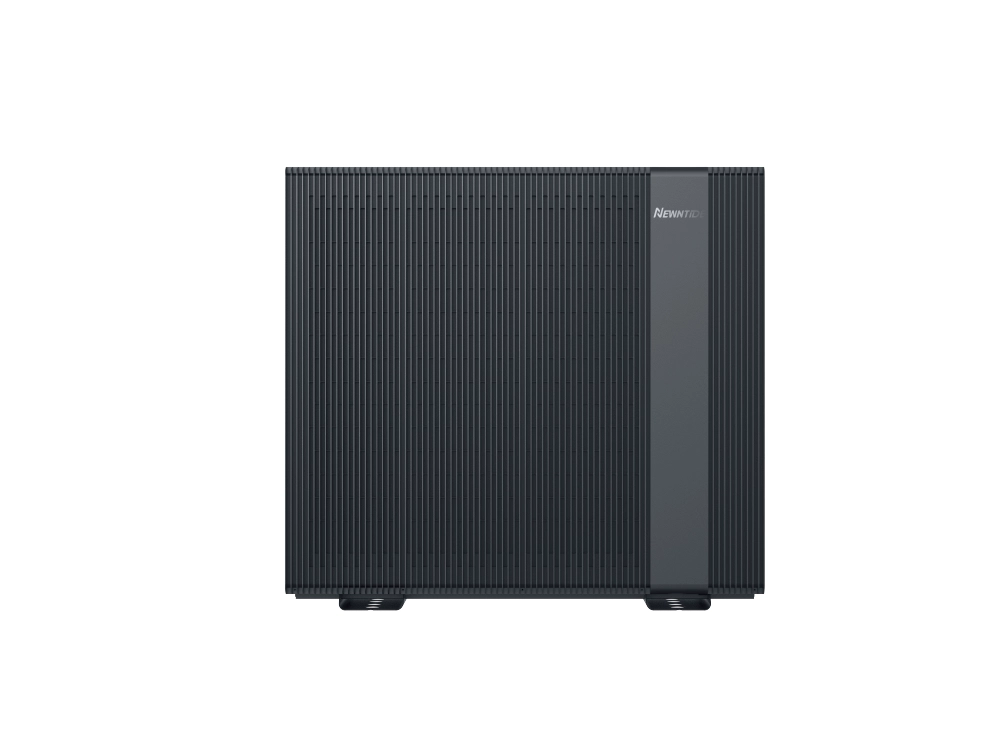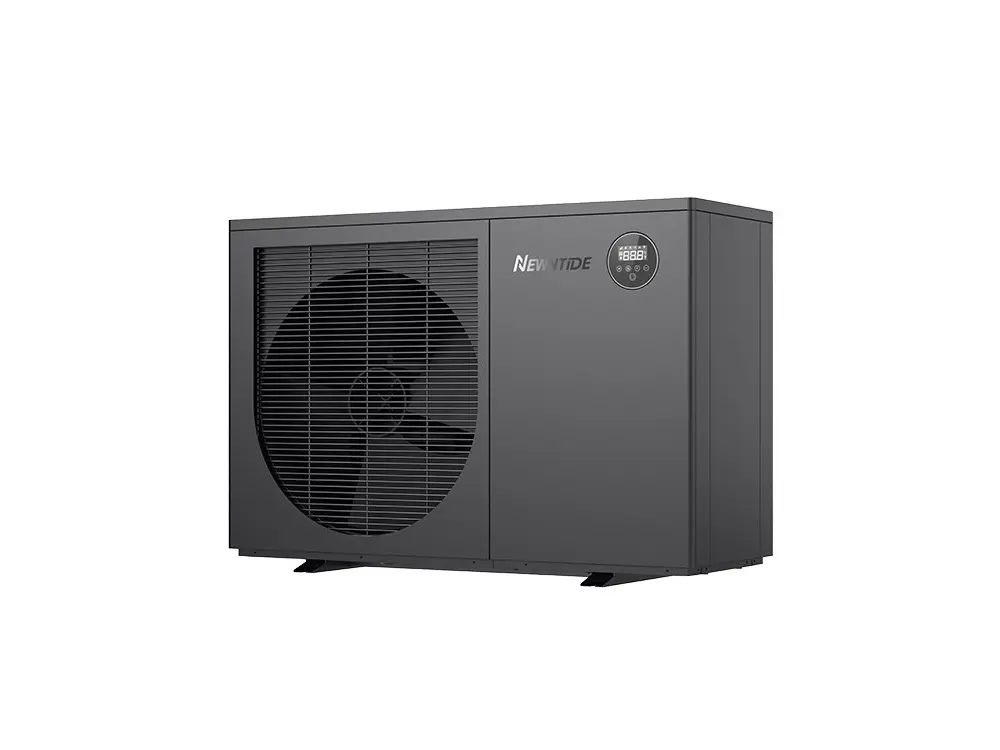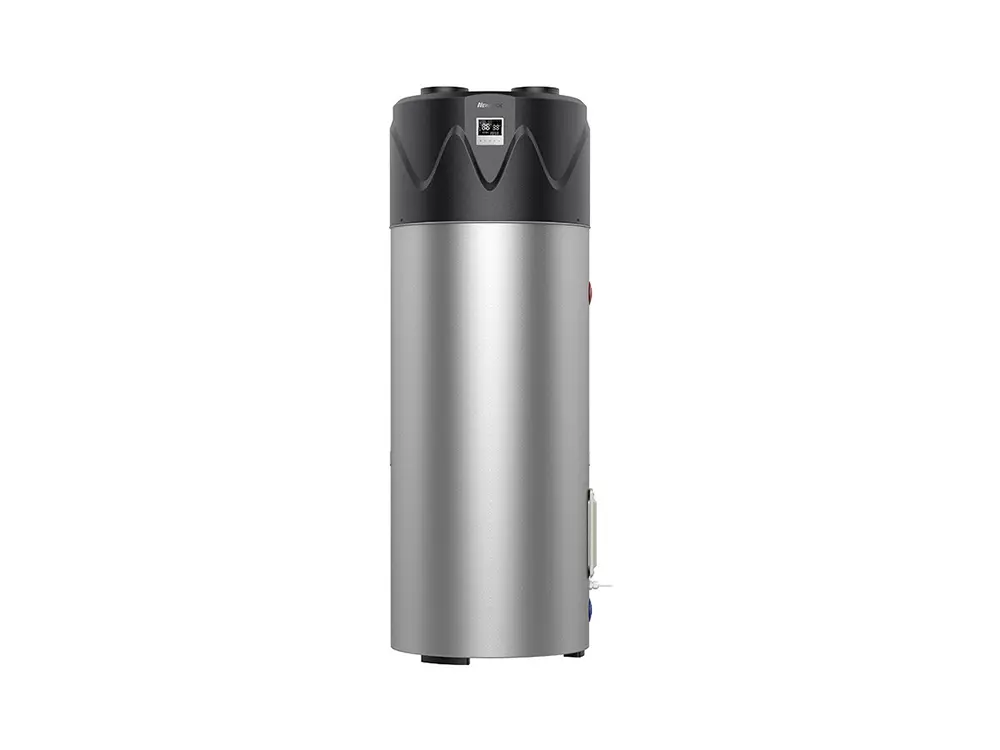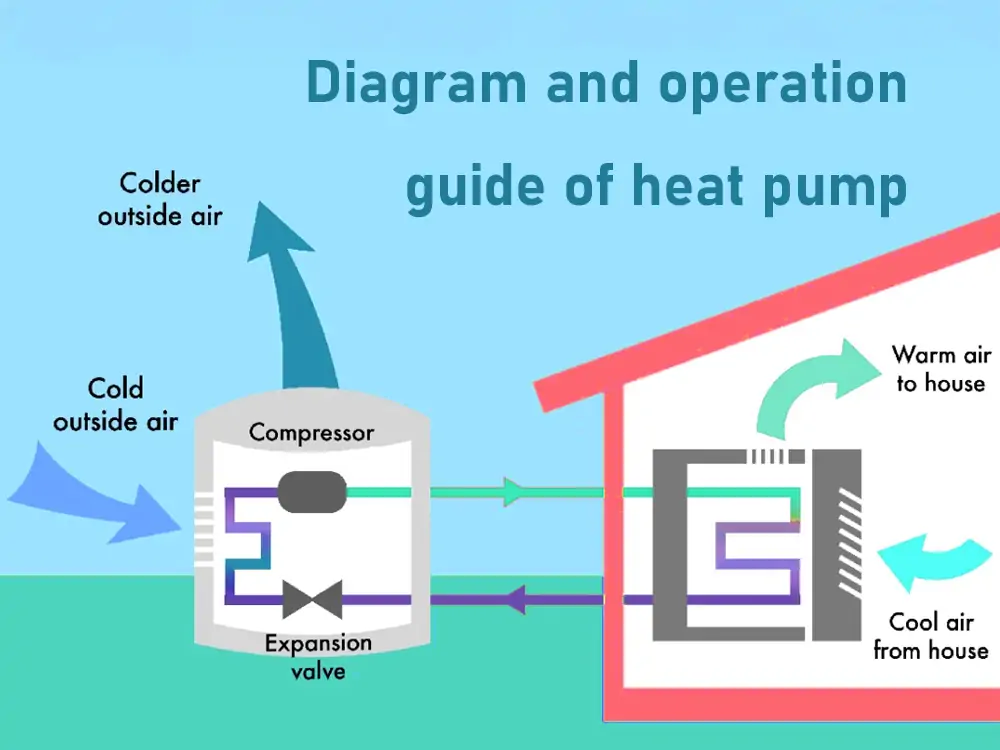
Introduction
You may know that heat pumps are energy-efficient and environmentally friendly cooling/heating solutions. We use them to deliver space cooling and heating and hot water provision.
Their air-source varieties employ renewable heat energy from the air as the source. They further consume some electricity to operate and achieve cooling/heating.
Before selecting a heat pump, it’s imperative to understand its workings. This can be done by referring to heat pump diagrams and understanding its thermodynamic cycle.
We’ll check out all these, including the requisite key components for heat pump operation. Lastly, we’ll compare differing heat pump types via a table for easy familiarity.
Key Components Required for Heat Pump Operation
The heat pump operation relies on a thermodynamic cycle. It’s also otherwise known as a refrigeration cycle.
That cycle permits heat transfer from a cooler region to a warmer one or vice versa. It thereby results in effectual heating or cooling. Such an appliance comprises multiple principal components that operate together in differing phases. Briefly, these are as follows:
1. Evaporation (evaporator)
Firstly, the heat pump’s operation commences with the evaporation phase. Here, the liquid refrigerant in the evaporator draws in heat from the environment. Concerning an air-source unit, it can draw heat from the exterior ambient air. Then, the refrigerant alters to a low-pressure and low-temperature gaseous state from the liquid state.
2. Compression (compressor)
The compression phase commences with the compressor drawing in the low-pressure, low-temperature gaseous refrigerant.
In this phase, the compressor uses electricity (in a small amount) to do work. It converts the low-pressure, low-temperature gas into a high-pressure, high-temperature gas.
3. Condensation (condenser)
The next phase in heat pump operation is the condensation phase. In this phase, the heated high-pressure, high-temperature gaseous refrigerant goes through the heat pump’s condenser. It thereby transfers its heat to the water in the heating circuit. The refrigerant alters back into a liquid state.
4. Expansion (expansion valve)
Lastly, the liquid refrigerant moves across the heat pump’s expansion valve. The aim is to diminish the refrigerant’s pressure and temperature. It’s carried out until it evaporates into a low-pressure, low-temperature wet vapor. It implies a gas-liquid mixture that then goes back to the evaporator.
Eventually, the refrigerant recommences its thermodynamic or refrigeration cycle.
You can refer to the heat pump diagram to better grasp its operation.
Air-Source Heat Pump Heating and Cooling Cycles
The following diagrams elucidate the air-source unit’s cooling and heating cycles.
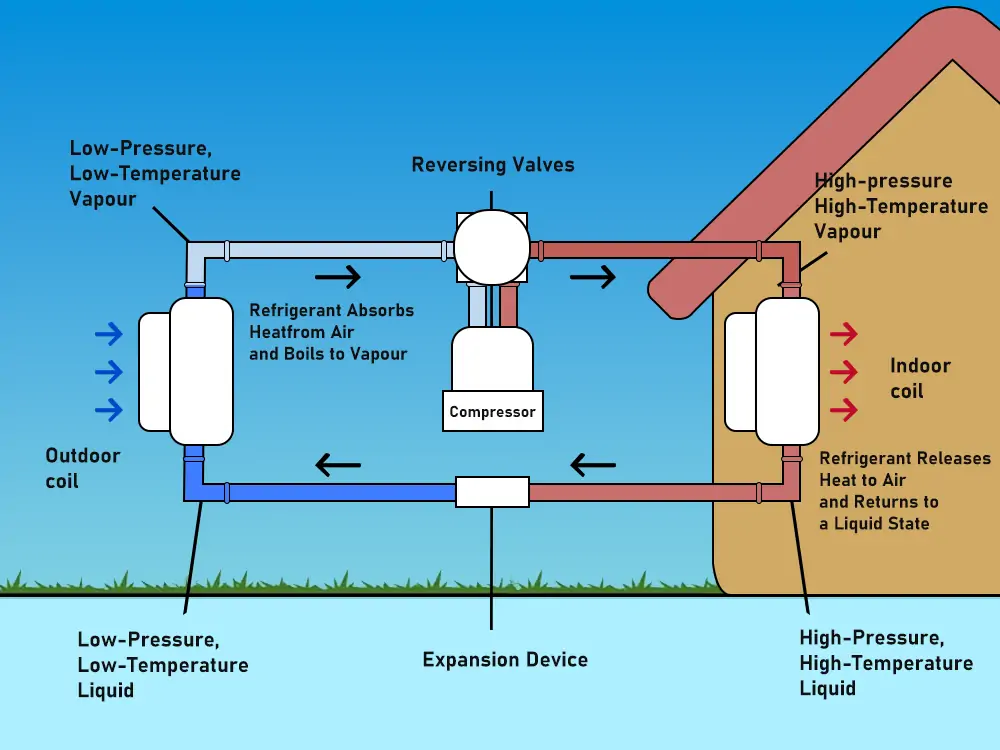
Here is a brief overview of air-source varieties’ heating and cooling cycles. You can see that such appliances are sometimes specified as air-to-water heat pumps.
Heating Cycle
During this cycle, the air absorbed by the outdoor unit conveys its heat to the refrigerant. After moving through the evaporator, this refrigerant converts into gas, which is then sent to the compressor.
That elevates the refrigerant’s pressure and temperature because of the work done. The entirely heated refrigerant conveys its heat to the water in the condenser heating circuit.
Then, the refrigerant loses its heat, becoming a liquid again. Lastly, it moves through the expansion valve. That lessens its pressure and allows it to absorb heat in the air again. This process results in the heat distribution of the following:
- Radiators
- Fan coils
- Underfloor heating
It results in the provision of hot water and space heating.
Cooling Cycle
During the cooling cycle, an air-source heat pump reverses its heating cycle. The motive is to provide space cooling. Hence, heat is transferred from your household’s inside and released into the ambient air outside.
The heat pump system extracts warmed air from the household into the indoor unit. You can see that this has an indoor coil. Then, the liquid refrigerant moves across the indoor coil. The hot air inside your household is absorbed into the refrigerant. Eventually, the refrigerant turns into a gas.
The gas then passes through the compressor from the reversing valve. Here, it’s temperature and pressure increase. It then shifts to the outdoor unit.
The outdoor unit then cools down the hot refrigerant as it moves through it. As a result, heat energy is released into the air. The refrigerant reverts into a liquid.
The refrigerant then moves from the outside unit to the inside one. Here, the expansion valve further cools it down. It then reverts to the indoor coil, and the cycle repeats.
How Air-Source Heat Pumps Work
Now, let’s briefly overview the workings of air-source heat pumps.
When the weather outside is cold, air-source units function in heating mode. They extract heat from the exterior air. As stated before, it moves through the following:
- evaporator
- compressor
- condenser
- expansion valve
The motive is to provide space heating and hot water.
In warm weather conditions, an air-source unit functions in cooling mode, thus working oppositely.
The appliance absorbs heat energy from the air that’s inside your household. Owing to this, the refrigerant alters from a liquid to a gas. Then, it changes back to liquid and finally to a gaseous state. It’s accomplished through varied functions of the evaporator, compressor, condenser, and expansion valve.
Afterwards, it releases the heat into the external air to cool your household.
You can also refer to the heat pump schematic diagram. That can help you get an idea of how such appliances work.
Different Types Of Heat Pumps
You read about the workings of such appliances and observed their diagrams. Now, the following table glances at the differing heat pump types. Here we’ll shortly look at the advantages and disadvantages of each of them. We’ll also briefly look at the respective lifespan of each heat pump variant.
| Heat pump type | Advantages | Disadvantages | Typical lifespan |
| Air-to-water heat pumps | · Requires minimal maintenance as compared to other heating systems
· Functions year-round · Many units also deliver cooling apart from heating and hot water · They are eco-friendly and green heating/cooling solutions · They are more energy-efficient, leading to a reduction in energy bills |
· Requires higher upfront expenses than traditional heating systems like boilers
· Your household must be well-insulated to minimize heat loss · Could necessitate a new radiator or underfloor heating · The outdoor unit of such a heat pump can generate noise that can be a concern · Efficiency can diminish in frigid climates |
Up to 20 years |
| Air-to-air heat pumps | · They have easy-installation
· Provide both cooling and heating · They are comparatively affordable and have lower installation costs · They are known for being highly efficient, with SCOP values reaching 3.0 to 4.0 |
· They can transfer the dust comprised in the air
· They have reduced efficiency in frigid climates · They can be noisy · They may not be effectual if your household isn’t well-insulated |
Up to 20 years |
| Geothermal heat pumps | · Works well in almost all climates
· They provide effectual cooling/heating · They are known for remarkable energy efficiency (reaching around 400%) · They are virtually silent · They necessitate low running costs |
· They have greater upfront installation costs
· They may need substantial modifications to the landscape, resulting in disruptive installation. · Efficiency can be affected by soil type · They can be unfitting for poorly insulated homes |
Up to 25 years |
| Water-source heat pumps | · They can be highly efficient owing to stable water temperature
· They provide both heating and cooling · They have lessened operating costs · They are environmentally friendly · They require low-maintenance |
· They have elevated initial costs
· They require nearness to a water body and have limited availability · Their installation can be disruptive · Your household needs to be well-insulated |
15-20 years |
By now, you should have grasped the pros and cons of the different heat pumps. You may have queries regarding them or are interested in purchasing our products. You can contact us in both cases.

